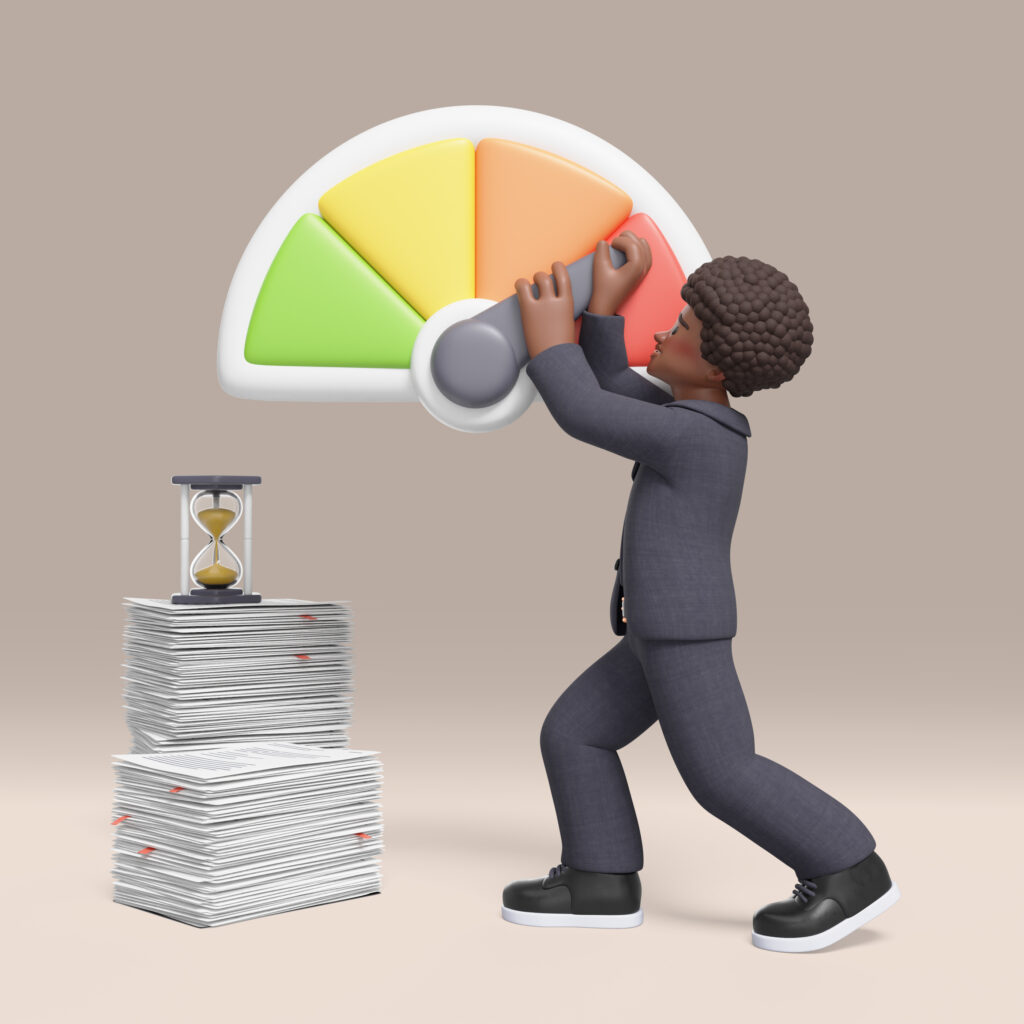Introduction
Website speed is one of the most crucial ranking factors in SEO. A slow website can hurt your search engine rankings, increase bounce rates, and drive potential customers away. Google prioritizes fast-loading websites in search results because they provide a better user experience. In this guide, we’ll explore how website speed impacts SEO and practical ways to improve load time.
Why Website Speed Matters for SEO

1️⃣ Better Search Engine Rankings
Google considers page speed as a ranking factor, and faster websites tend to rank higher in search results. A slow website may struggle to compete with optimized competitors.
2️⃣ Lower Bounce Rates
Studies show that users expect websites to load within 3 seconds. If a page takes too long, visitors will leave, increasing the bounce rate and negatively affecting SEO.
3️⃣ Improved User Experience (UX)
A fast website ensures a smooth browsing experience, leading to higher engagement, more conversions, and repeat visitors. Learn more about UX in our detailed guide: The Importance of User Experience (UX) in Web Design.
4️⃣ Higher Mobile Performance
With Google’s mobile-first indexing, page speed is even more critical for mobile users. Websites optimized for mobile load faster, reducing abandonment rates.
How to Improve Website Load Time
1. Optimize Images 🖼️
Large images slow down websites. Use tools like TinyPNG or ImageOptim to compress images without losing quality. Also, use modern formats like WebP for better compression.
2. Enable Browser Caching ⚡
Caching stores static website files on users’ devices, reducing load times for repeat visitors. Configure browser caching through your .htaccess file or use plugins like WP Rocket (for WordPress users).
3. Minimize HTTP Requests 📡
Each element (images, scripts, stylesheets) makes an HTTP request, slowing down load time. Reduce unnecessary requests by:
- Combining CSS & JavaScript files
- Using CSS sprites for icons
- Removing unused plugins or scripts
4. Use a Content Delivery Network (CDN) 🌍
A CDN stores website data across multiple servers worldwide, delivering content faster to users based on their location. Popular CDNs include Cloudflare and Amazon CloudFront.
5. Optimize Web Hosting & Server Response Time 🚀
Cheap hosting services often lead to slow loading times. Upgrade to fast web hosting providers like SiteGround, Bluehost, or Kinsta for better performance.
6. Minify CSS, JavaScript, and HTML 🔍
Minification removes unnecessary code, spaces, and comments, making files smaller and improving load speed. Use tools like UglifyJS, CSSNano, and HTMLMinifier.
7. Implement Lazy Loading 🛠️
Lazy loading delays loading images and videos until they are needed, significantly reducing initial load times. Most modern frameworks support lazy loading natively.
8. Reduce Redirects 🔄
Too many redirects increase load time. Audit your website and minimize unnecessary 301 & 302 redirects to keep it fast and efficient.
For a step-by-step guide, check out our article on How to Design a High-Converting Sales Funnel with Your Website.
9. Optimize for Mobile Devices 📱
Since mobile users dominate web traffic, ensure your website is responsive and lightweight. Use Google’s Mobile-Friendly Test to check compatibility.
10. Monitor & Test Speed Regularly 🛠️
Use tools like:
- Google PageSpeed Insights (https://pagespeed.web.dev/)
- GTmetrix (https://gtmetrix.com/)
- Pingdom Website Speed Test (https://tools.pingdom.com/)
These tools help identify bottlenecks and suggest improvements.
Follow Us for More Web Design Tips
Stay updated with the latest web design & SEO trends! Follow us on:
📌 Instagram: @devmart.dev
📌 YouTube: @DevMart.Design
Wow, amazing blog layout! How long have you been blogging for?
you make blogging look easy. The overall look of your site is excellent, as well as the content!